Ayurveda – The science of life
Before we go into the details of Ayurveda vegan cooking class, a few basic words.
Ayurveda is the oldest traditional health system. The origin of Ayurveda can be found in the Vedic high culture of ancient India, the heyday of which goes back thousands of years. The knowledge of this complex healing art was originally only passed on orally from generation to generation. Its first written records are over 5000 years old and were written in Sanskrit. (Source: Yoga Vidya)
In Bad Meinberg you will find a wide range of Ayurveda offers. The Ayurveda oasis offers a large wellness and therapy program from massages to the Ayurveda detox cure – a mixture of Panchakarma cure and European herbal preparations. In addition, they of course have their seminars from the basics to the Ayurveda vegan cooking class.
An important aspect in Ayurveda are the so-called doshas, these are the Ayurveda types. You may have heard of Vata, Pitta, and Kapha before.
Take the Ayurveda test
You definitely want to know now what your personal constitution is. Therefore, I recommend to take the Ayurveda test by Yoga Vidya. After that, you will know which Dosha dominates in you. It’s in German but when you use google chrome it’ll translate it for you. Above all, this is the basis for a type-appropriate Ayurveda cuisine.
You can find more information about the three doshas – Vata, Pitta and Kapha – here. You can read more about type-specific spices and dishes in the chapter “Function of the spices” and the Dosha menus at the end of this article.
Ayurveda vegan cooking class
This training lasts 1 week. There are relatively short theory units in the early morning and evening. From 1.30 p.m. we went to the practice and thus to the stove. There were 3 cooking islands in the training kitchen, therefore the total of 18 participants were divided into 3 groups as well. Everything that was cooked could of course also be eaten afterwards. Together with our two teachers and an assistant we were 21 people who dined at a long table at the end of each cooking session around 6 p.m.
Excellent teachers were available to us. Julia Lang is a naturopath and former head of the Ayurveda Oasis in Bad Meinberg. Dr. Devendra is an Ayurveda doctor and current head of the Ayurveda Oasis. Due to years of experience of the two, we also gained a lot of background knowledge and no question went unanswered.As is usual with Yoga Vidya, the course was accompanied by Satsang – meditation, mantra chanting and recitation in the morning and evening – as well as a daily yoga session of your choice. As a course participant, you also do 45 minutes of karma yoga a day. That means you help out somewhere in the ashram. This can be in the garden or in the kitchen, for example. Some of us – including myself – have done karma yoga by washing the dishes after each cooking session, setting the table for everyone and providing and clearing the mats and pillows for all participants in the seminar room.
We cooked a full menu every day and sometimes there were a few extras too. I’ll show you a handful of selected dishes and go into special features, such as the preparation of spices. At the end you will find our “thesis”. Each team was given the task of creating a type-appropriate menu for one of the three doshas.
The spice preparation
In Ayurvedic cuisine, and probably in India in general, it is customary to sear most of the spices a little before adding them to the individual dishes. This brings out the flavors much stronger, essential oils are released and these give the dishes a wonderful taste. Ghee is usually used for frying. This is a kind of clarified butter. Since our course was vegan, we used coconut oil for this. Incidentally, there is also a variety without coconut flavor, in case you don’t want it. In the first picture, for example, you can see cinnamon sticks, cardamom, cloves and ajwain (king cumin) all in whole and therefore having a clear consistency. The second picture also has ground components – that can be cumin, asafoetida or coriander – which creates this opaque spice preparation. You can imagine how wonderful it smelled in the kitchen.Function of the spices
On the one hand, the spices are of course responsible for the taste, but on the other hand they also have health aspects. For one thing, most spices also have certain healing properties. Asafoetida, for example, is digestive, antispasmodic, and exfoliating. Turmeric is antiseptic, analgesic, blood-purifying, expectorant and a lot more. On the other hand, spices also have an influence on the doshas and can either strengthen or weaken them. Star anise and cinnamon are especially good for Vata and Kapha. And peppermint, for example, is very good for pitta types.
As you can imagine, most of the dishes we cooked were from Indian cuisine. Since Ayurvedic cuisine attaches particular importance to health, the preparation of the dishes was often different from what I was used to before. We cooked everything at rather low temperatures and very slowly. Apart from the spices, we hardly fried anything, but either steamed in a wok or a pot or cooked slowly. The pumpkin soup in the picture was the closest thing to German cuisine. The spices used – cinnamon stick, cardamom, asafoetida, garam masala, etc. – also gave it an Indian note.Curry with pakora
But now to a few more extraordinary dishes. First of all, I would like to introduce you to curry with pakora. When I think of curry, I always think of something spicy with a lot of turmeric and coconut milk. However, this curry is very different and is made from chickpea flour, yogurt and water. These three ingredients are mixed and then added to the spices that have been briefly seared with oil in a deep pan or in a wok. These include coriander, turmeric, ginger, fenugreek seeds, cumin seeds, and curry leaves. The whole thing has to be cooked for 40 minutes, stirring constantly. Quite a long time, isn’t it? The pakora are also made from chickpea flour. This is used to make a dough which, after a short rest period, is baked in sufficient oil. Finally, garam masala is added to the curry and the finished pakora (see picture). The pakora should soak up the curry and be nice and soft.Paratha
Paratha are filled flat breads. We tried different flours for this – wheat, spelled and oats. You can find the pure flatbread under the name chapati. For the paratha we took two rolled out dough cakes, put some filling (potato or spinach) on one of them and covered it with the other (see pictures). Then these dumplings were rolled out thinly and fried in a shallow pan with a little coconut oil. Chutneys or raitas go well with it. The latter are Indian yoghurt dips that can be made with a wide variety of ingredients. Raita reminds me a little of the Greek tzaziki. Of course, we also prepared raitas and chutneys. We have built both of these into our final menus, as you will see in a moment.Completion of the Ayurveda vegan cooking class
Finally, I would like to show you our Dosha menus. That was our final exam, so to speak. We were divided into three groups and created a suitable menu for each Dosha.
The Vata Menu
First of all, let’s get directly to my group. Vata stands for air and ether. Which translates to the types of lightness and cheerfulness but also sadness and insecurity. The flavors that are favorable for Vata are sweet, sour and salty. The meals should be warming and contain as little raw food as possible. With this in mind, we have put together the following dishes:- Pumpkin soup with warming spices and cashew cream
- Roasted chickpeas (not quite so suitable for Vata, because it is too bloated – but very tasty 😉 )
- Quinoa and sweet potato patties
- Apple red cabbage with cinnamon and cloves
- Apple and tomato chutney
- Date chocolate mousse
The Pitta Menu
The Pitta type stands for the elements fire and water. Beneficial flavors are sweet, bitter and tart. The Pitta type is fiery and sometimes overheated. It therefore helps him to eat cooling food. The group solved the problem as follows:- Golden milk (strengthens the immune system)
- Baked vegetables (pumpkin, potatoes, parsnips, sweet potatoes and cauliflower)
- Soy yogurt and cucumber raita
- Lamb’s lettuce with orange and lemon vinaigrette
- Rice pudding, served with boiled apples
The Kapha Menu
The third group also came up with a wonderful menu. To balance Kapha, the flavors are hot, bitter, astringent. That means, you can light a little fire for the Kapha types. They are calm, steadfast types who are also characterized by a certain indolence.- Spicy beetroot soup
- Millet Mung Dal Kitchari (a classic of Ayurvedic cuisine)
- Apple-Celery-Raisin Chutney
- Pan-fried vegetables with spinach, romanesco and cauliflower
- Roasted buckwheat
- Apple semolina balls
Conclusion
I can really recommend the Ayurveda vegan cooking class at the Yoga Vidya Ashram in Bad Meinberg to everyone. Both professional cooks who want to continue their education, as well as ambitious hobby cooks, get their money’s worth.
I find the distribution of theory and practice over the day paired with the additional offer of Yoga Vidya a successful combination. We were busy without being overwhelmed. The valuable knowledge that we have acquired in the course will definitely accompany us for the rest of our lives and take it to a new level.
Many thanks to our trainers Julia Lang and Dr. Devendra as well as to all participants who made this week unforgettable.
SUBSCRIBE TO OUR NEWSLETTER AND GET THE FOLLOWING FOR FREE:
5 PRACTICAL TIPS ON HOW TO EAT OUT VEGAN ANYWHERE DEAD EASY
Info – Yoga Vidya
Address: Yogaweg 7, 32805 Horn-Bad Meinberg
E-mail: badmeinberg(at)yoga-vidya.de
Phone: +49 (0)5234 87-0 (Advice and registration daily 8 am to 8 pm)
Website: www.yoga-vidya.de
Current training program: www.yoga-vidya.de/seminare/ort/bad-meinberg/

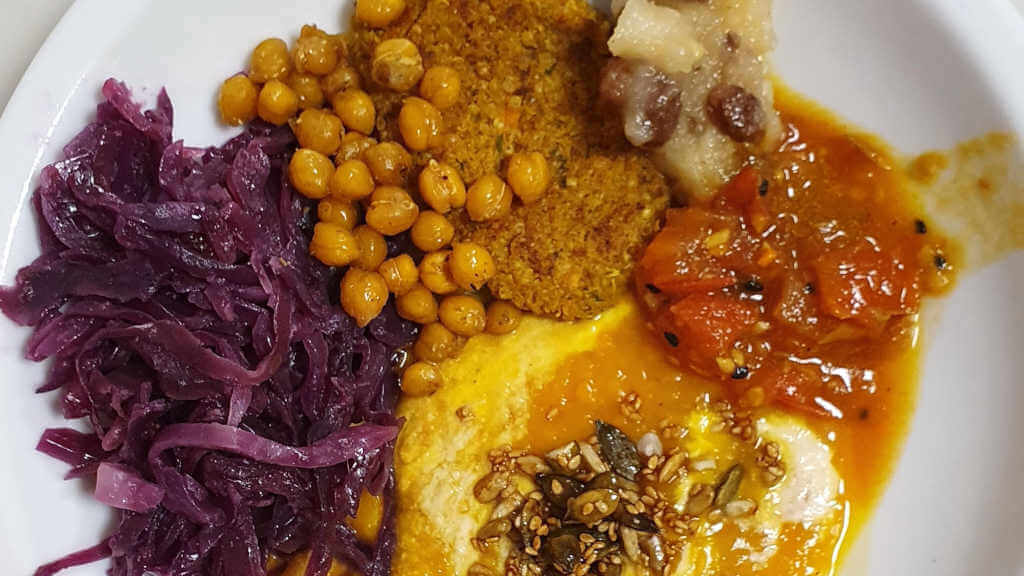
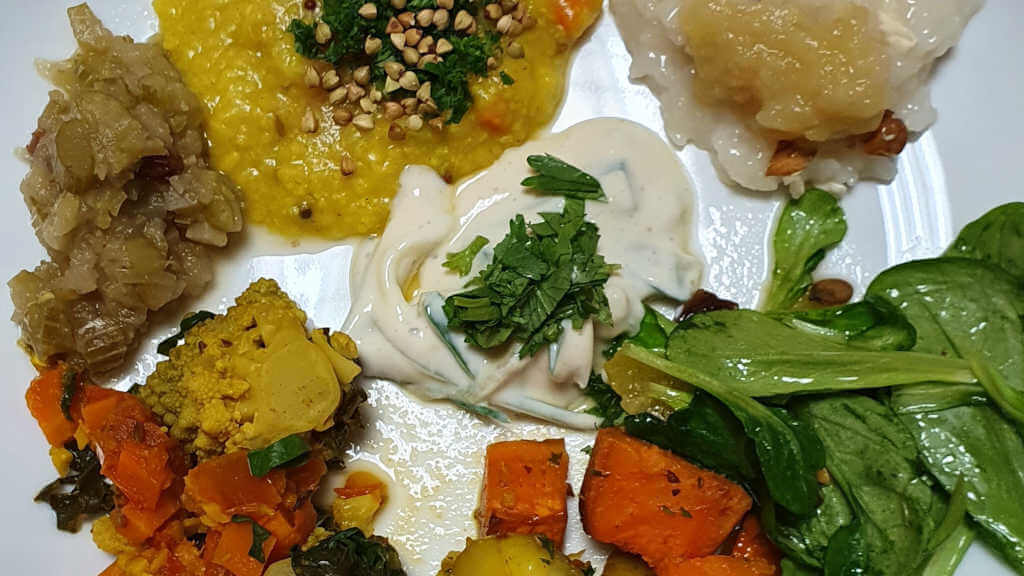
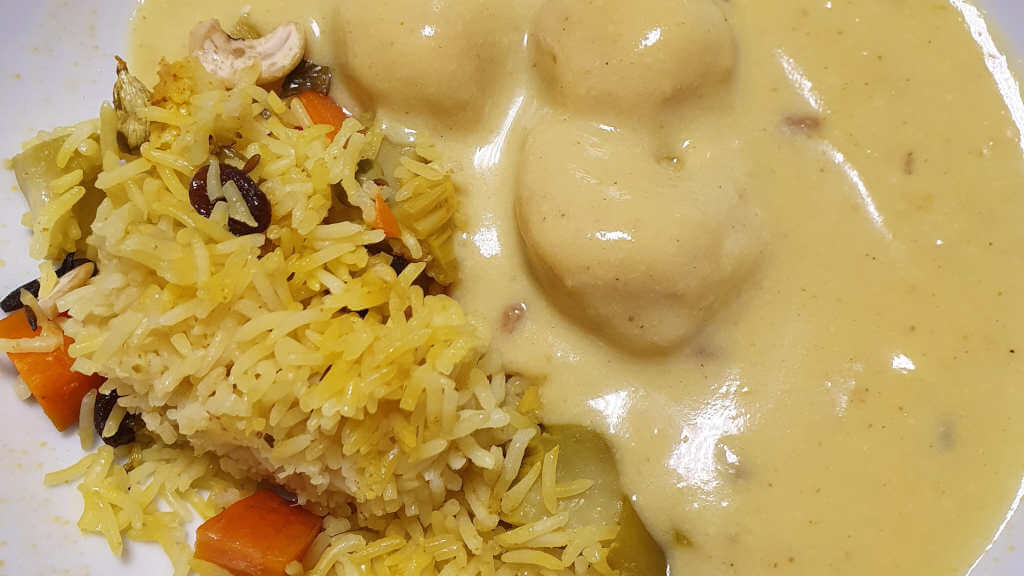
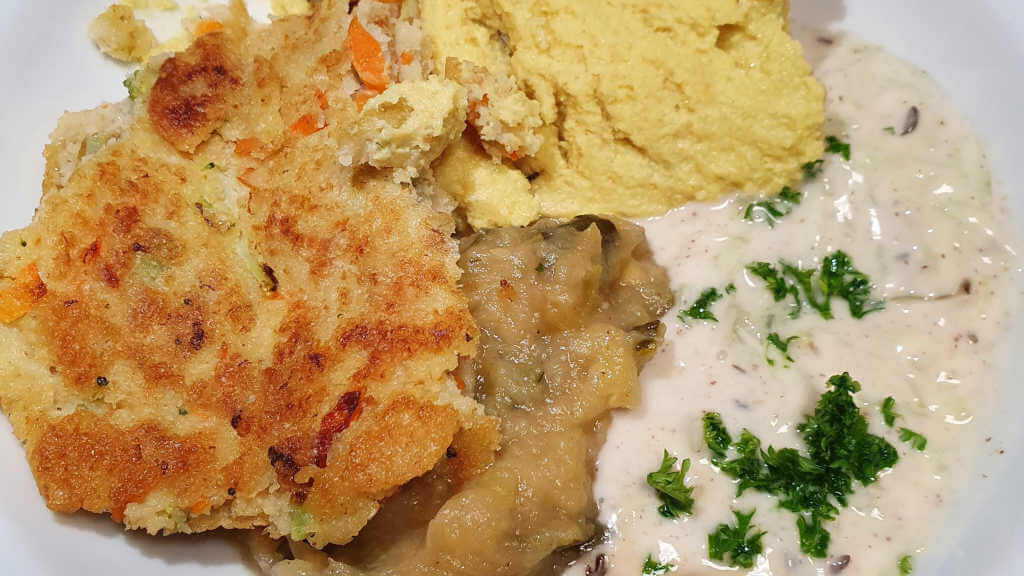
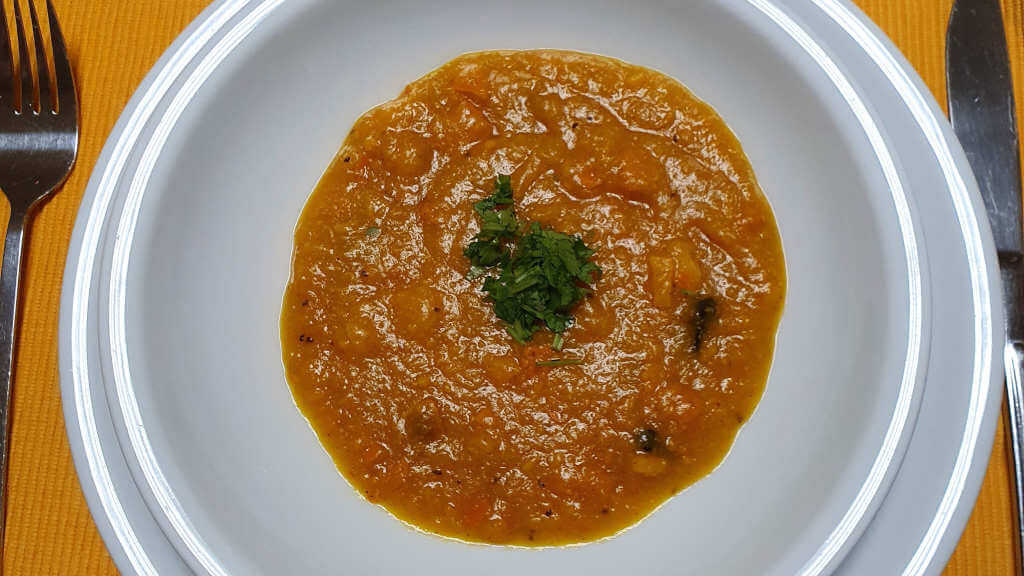
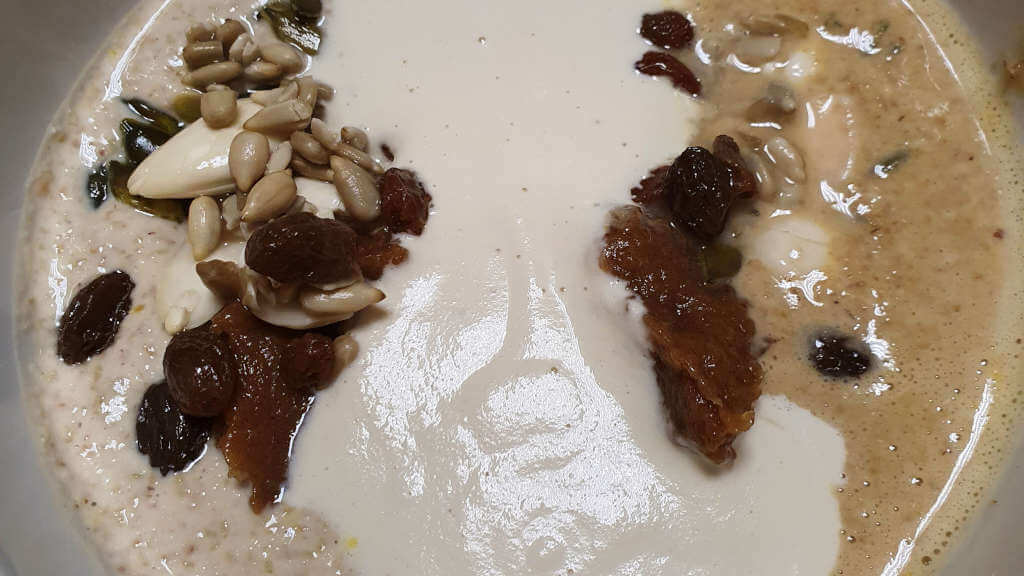
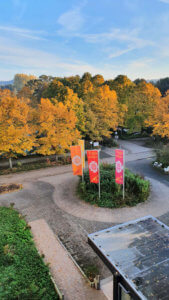
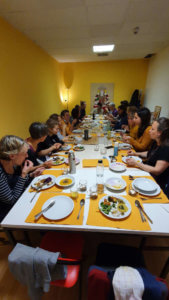
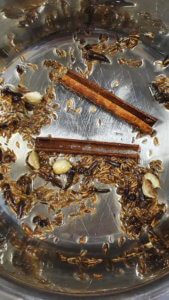
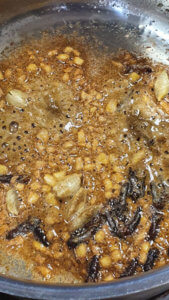
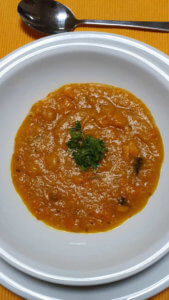
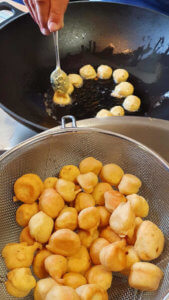
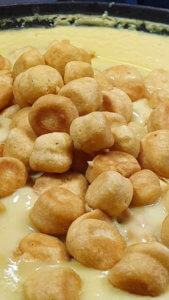
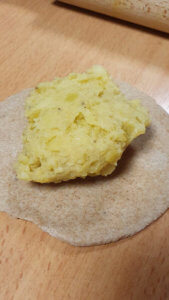
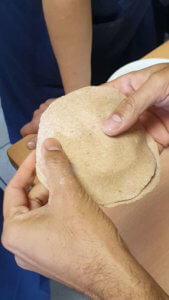
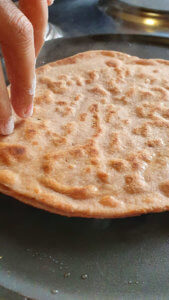
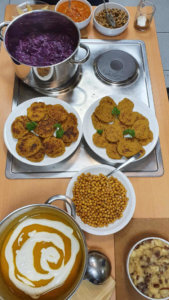
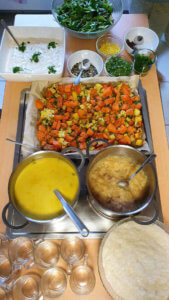
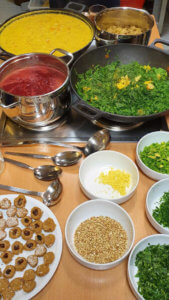
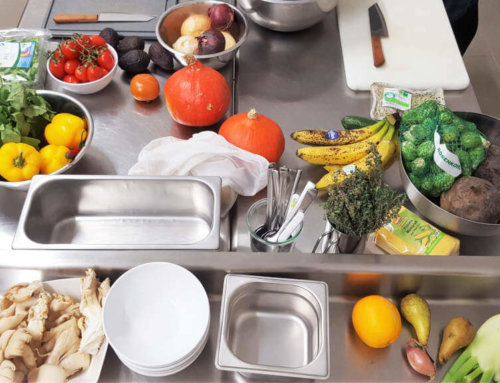
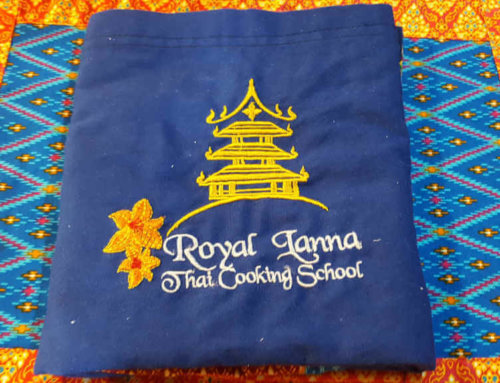
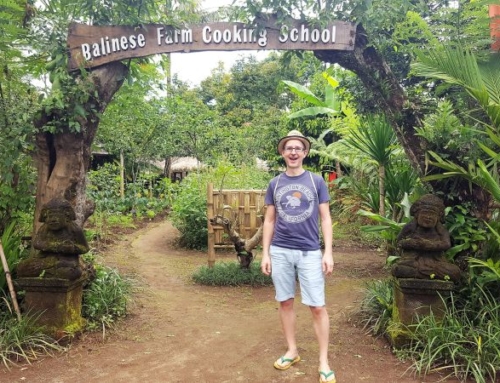
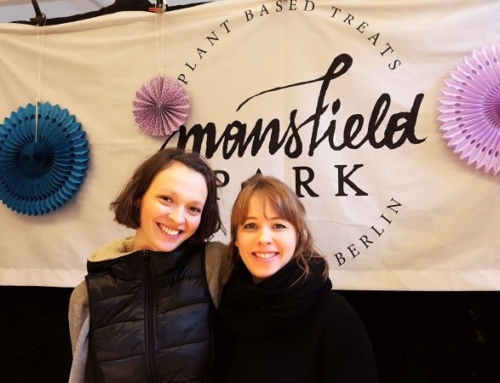
Leave A Comment